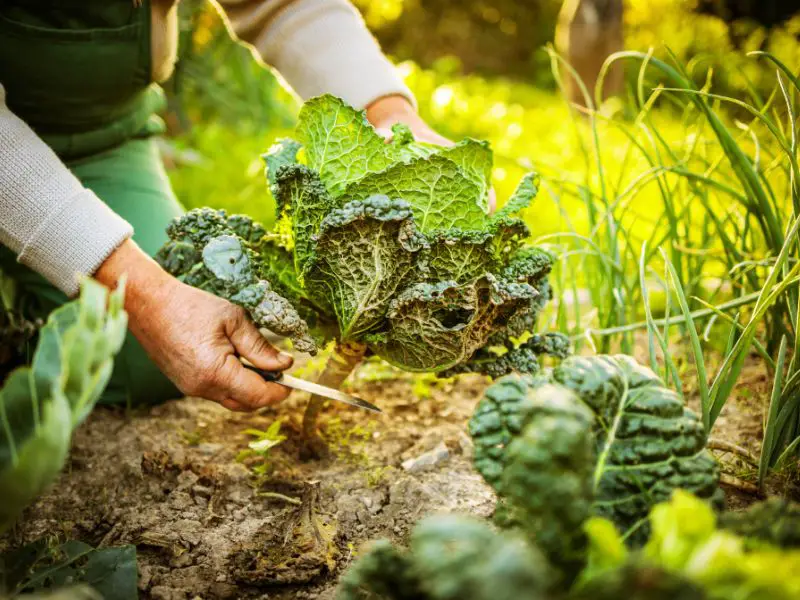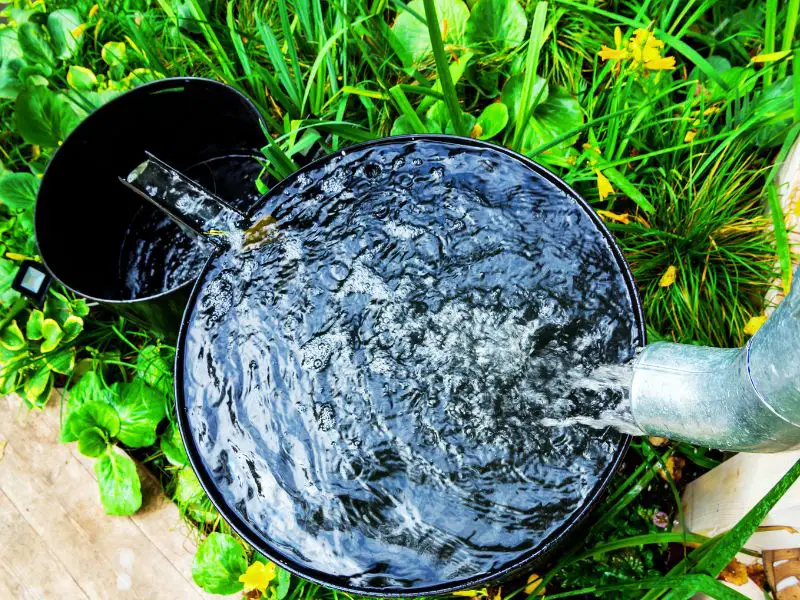Permaculture is an excellent set of rules to live by because it is strong, helpful, and good for the environment. With permaculture, there’s a never-ending amount of information to learn about techniques, plants, landscaping, case studies, basic ideas, and more.
We’ve discovered that reading books is the most effective approach to educating oneself about permaculture. Here are some of our favorite permaculture books we’ve read and appreciated. We’ll be adding to this list as we explore more books.
The 11 Best Permaculture Books to Read Right Now
1. An Introduction to Permaculture – Bill Mollison
Bill Mollison, a New Zealand farm minister, scientist, and inventor, invented permaculture in the 1930s. It makes sense to start by learning about permaculture directly from the guy who created it. The practice seeks to make agriculture profitable while producing food that is good for the environment and the producer.

2. Permaculture: Principles & Pathways Beyond
David Holmgren is regarded as one of the founders of permaculture, along with Bill Mollison. He is someone you want to listen to since he is a space pioneer.
The ideas from Mollison’s book are expanded upon in this book using 25 years’ worth of new ideas and practical application of permaculture design principles. It reads more like a textbook than an introduction to permaculture since it takes a more technical and scientific approach.
3. The Earth Care Manual by Patrick Whitefield
This book focuses on everything you can do to use permaculture strategies to ensure healthy living for yourself and the environment. It’s a comprehensive guide to working with nature to maximize plant growth and productivity while mitigating environmental damage.
There’s an entire section dedicated to applying permaculture to your health, another to making money with permaculture, and a whole section devoted to adapting the permaculture design framework to building projects.
4. Earth User’s Guide to Permaculture by Rosemary Barrow
The author adopts an academic approach to permaculture, making their work more challenging to comprehend. This book by Rosemary Barrow is an excellent option if you’re searching for something more precise and valuable.
“Earth User’s Guide” is an excellent approach for beginners to get familiar with seed saving, non-destructive insects, weeds, animal management, water consumption information, and more.

5. “Mycelium Running: How Mushrooms Can Help Save the World” – Paul Stamets
One of the top mycologists in the world is Paul Stamets (a mushroom scientist). He outlines all types of ground-breaking studies on how mushrooms may help a permaculture farm and the environment in general in “Mycelium Running.”
Paul Stamets is one of the foremost mycologists in the world (mushroom scientists). In “Mycelium Running,” he outlines pioneering research on how mushrooms might assist permaculture farms and the environment.
This book is worth reading if you want to discover how fungus may help you enhance harvests in your Garden or on the farm. You’ll find mushrooms can accomplish things you never thought of, such as regulating insect populations and lowering water runoff.
Related: What is Permaculture, Guide to Designing a Permaculture Garden
6. Rainwater Harvesting for Drylands and Beyond – Brad Lancaster
“Rainwater Harvesting” is a subset of the more significant idea of permaculture.
This book is a must-have if you live in a dry area that doesn’t get much rain. You will learn about the water cycle and watersheds from a scientific point of view. Plus, you’ll learn valuable skills like figuring out how much rain falls at your site and how much water you need. The book talks about several ways to collect rainwater, and there’s no doubt you’ll find one that fits you.

7. The Permaculture City – Toby Hemenway
Only some people interested in permaculture have acres of land they can use. “The Permaculture City” by Toby Hemenway shows how permaculture can be used even by people who live in cities or suburbs.
In this book, you’ll find out how to plan a home garden in a city. From there, it moves on to making a green city and starting community gardens. Permaculture uses many methods to save water, make energy that will last, and even make real money and a living.
8. Edible Forests Gardens – Dave Jacke
The two-volume book “Edible Forest Gardens” demonstrates how to apply forest ecological themes to the Garden.
Volume I defines a forest garden and teaches the fundamental ecological concepts that apply to forests.
In Volume II, Jacke offers more precise and step-by-step instructions on how to build your delicious forest garden. You’ll learn the whole procedure, from planning to creating your forest garden to caring for it afterward.
9. Folks, This Ain’t Normal – Joel Salatin
In this book, farmer Joel Salatin shows how humans have transitioned from having a solid connection to the soil to our current state when we are entirely cut off from the source of our food.
It has an excellent combination of philosophical thoughts and practical suggestions for modifying our lives to be healthier and make the world better. If you appreciate viewing Netflix environmental films like Cowspiracy and Seaspiracy, you will enjoy this book.

10. The One-Straw Revolution
This book does not deal with permaculture, but it impacted the early permaculture pioneers. When Masanobu Fukuoka’s manifesto on natural farming was released, it presented a radical new way of thinking that has inspired permaculturists ever since.
The author discusses his farming approach in the book, which employs no-till methods to produce an abundance of food year after year with just a few weeks of effort and minimum irrigation.
11. Gaia’s Garden: A Guide to Home-Scale Permaculture by Toby Hemenway
When learning to apply permaculture ideas to the home garden, Toby Hemenway’s pioneering book Gaia’s Garden is an excellent place to start. Gaia’s Garden describes ecological gardening concepts that help feed soil, minimize water consumption, offer shelter and food for animals, and construct a thriving food forest. The new version contains a section on applying permaculture in small urban yards.
Author’s Note
Earth User’s Guide to Permaculture is an excellent book for a beginner learning how to work with nature. However, if you’re searching for something philosophical in approach, we recommend “Folks, This Ain’t Normal” by Joel Salatin. We hope this article has provided you with enough information to get you started on reading some permaculture books in 2022. Thank you for reading!


1 thought on “The Best Permaculture Books for Understanding the Ethics and Principles of this Sustainable Practice”